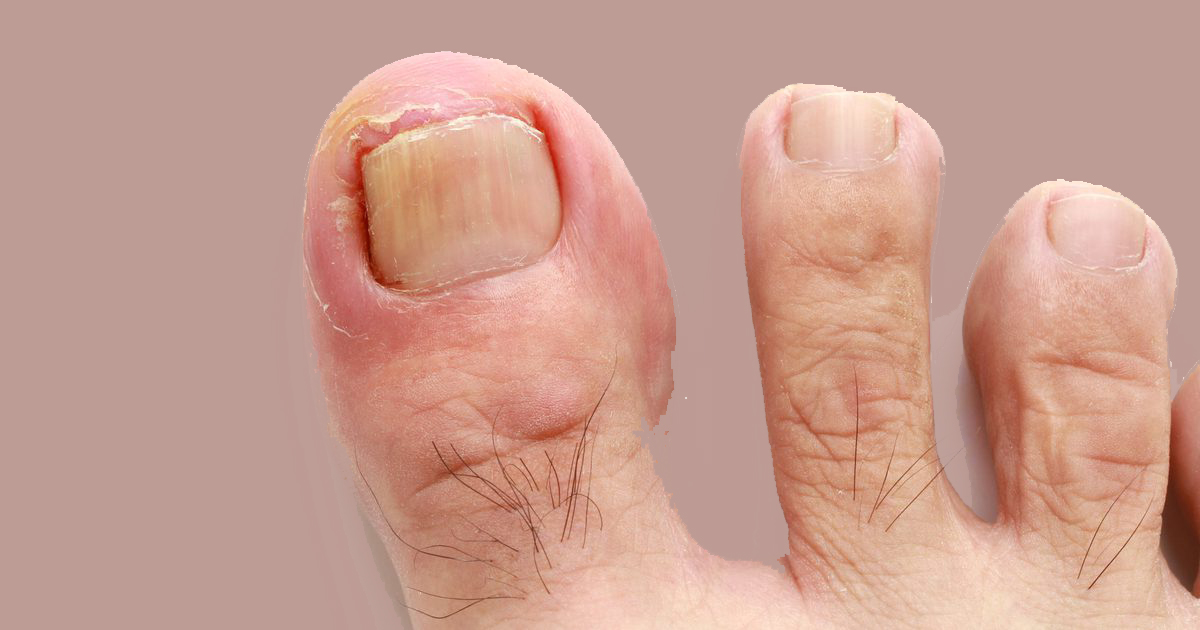Complicated Terms For Minor Illnesses
No one likes feeling sick, but there can often be comfort in knowing what the issue is. Of course, only if individuals know what the illness affecting them actually is. The easiest way to make individuals more nervous about what might be wrong with their bodies is to use medical terminology. Even the simplest and most common of illnesses can seem terrifying when this kind of language is used. In fact, many will say medical terminology, as complicated as it is, is a language of its own. The good news is, there are simple terms out there!
Onychocryptosis

Onychocryptosis certainly sounds menacing, doesn’t it? Well, this condition is actually what just about everyone will know as an ingrown toenail. It is, in fact, one of the most common types of diseases that affect the nails. As the name suggests, an ingrown toenail means the nail grows inwards, into the toe. This painful condition is often caused by wearing improper footwear (such as too tight shoes) as well as cutting the nails improperly, or injuries. Given enough time, the skin around the toenail can grow over the nail causing the same pain. With an ingrown toenail, infection and inflammation will eventually set in. Any pressure against the toe can cause pain; even the weight of socks or bed sheets. The best treatment for an ingrown toenail is to catch it early and groom in a way that gives room for the nail to grow properly. Other options include foot baths and the surgical removal of part of the nail.
Muscae Volitantes

Muscae volitantes is more commonly referred to as eye floaters, which are deposits found in the clear gel that fills the eyeball. This gel is called the vitreous humor and it is the major substance in the eye. The floaters suspended in the vitreous humor are only seen because of the shadows they cast on the retina. They typically appear as spots and wiggly lines in the affected individual’s field of vision. Eye floaters are caused by the shrinkage of the vitreous humor and other damage to the eye. The optometrist or ophthalmologist can see these floaters using instruments. The only treatment for eye floaters is surgery and this is often reserved for very severe cases.
